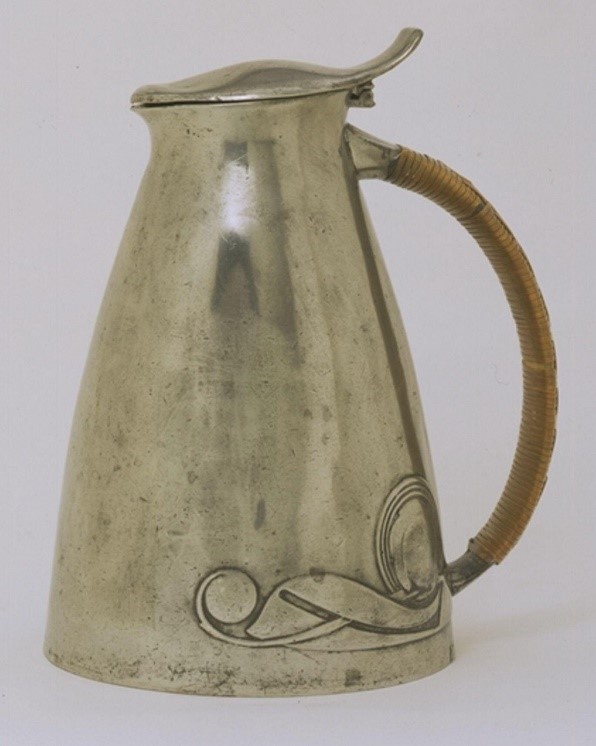Canberra
ArtsNational Canberra offers a yearly program of one hour illustrated lectures by overseas and Australian lecturers, chosen for their communication skills and expert knowledge. Occasional half-day sessions (Special Interest Mornings) are also held where topics can be examined in more detail.
Regular newsletters provide information on lectures, speakers and other activities.
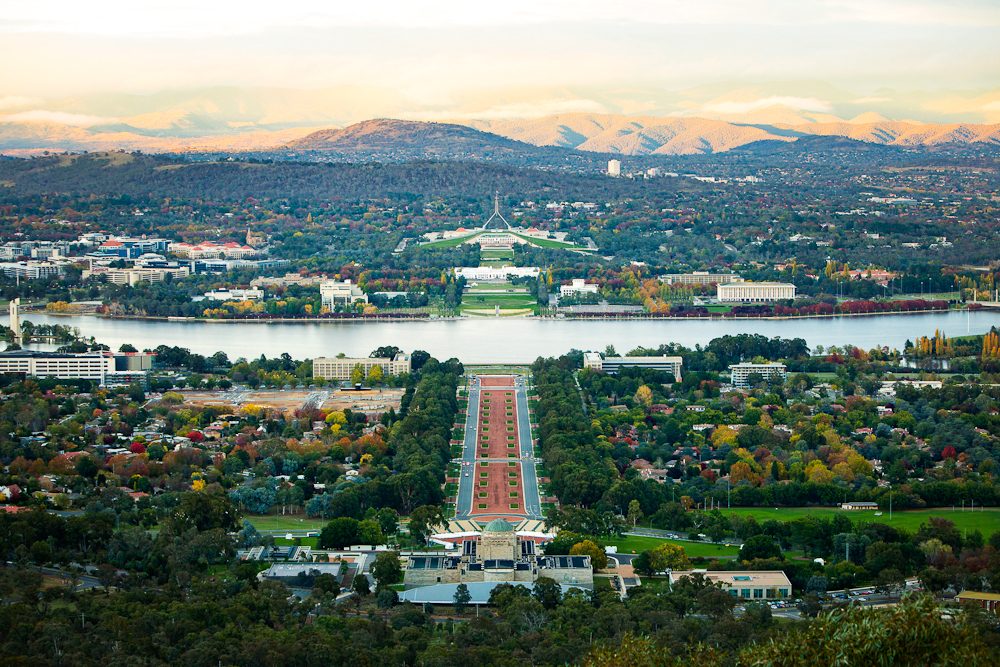
Lectures:
Venue:
Lectures are held at the National Library of Australia, Parkes Place, Canberra.
Free parking is available in the National Library carpark after 5.30pm.
Time:
In 2024 lectures will be held on a Monday evening.
Lectures start at 6.00 pm. They last an hour and refreshments are served afterwards.
Program
Find full details of the 2024 program here
Half Year Membership Single – $115
Click here to join or email: adfasmembershipcanberra@gmail.com
Please note: Special Interest Mornings and other events attract a separate charge.
Guests welcome:
Guests and visitors are most welcome, at a charge of $35 per lecture.
We ask guests to book for lectures in advance using Trybooking at the link below the lecture description or contact our Membership Secretary at adfasmembershipcanberra@gmail.com
Committee
Chair: Sue Healy
Vice Chair: Margaret May
Secretary: Janet Lynch
Public Officer: David Campbell
Treasurer: Myra Croke Ph: 0419 433 170
Membership Secretary: Liz Quinn Ph: 0422 545 885
Contact:
For all enquiries please email: adfasmembershipcanberra@gmail.com
Postal Address: PO Box 8 Deakin West ACT 2600
ABN: 65 303 903 455
2024 PROGRAM
Monday 19 February 2024
THE USE OF NATURALISM IN THE WORK OF FABERGÉ
Presented by Clare Blatherwick
Venue & Time: National Library of Australia, 6pm.
The name Fabergé conjures up images of pre-revolutionary Russia, the most opulent Easter Eggs ever produced and exquisite pieces found in the most important collections in the world. Clare will discuss the use of naturalism in the work of Fabergé focusing on the lesser-known experiments in Art Nouveau, and animal representations in hardstone carvings and the flower studies that the firm excelled in. She will also look at the naturalistic imagery incorporated into objects d’art such as desk seals and caviar dishes.
Clare is an independent jewellery consultant with over 20 years’ experience in the industry. She spent 10 years as Head of Jewellery for Bonhams in Scotland, which involved travelling internationally searching for unique jewels to auction. Clare has a passion for the historical aspect of jewellery and lectures widely on this in both the UK and the USA. Clare is also a member of the Society of Jewellery Historians.
Image: Fabergé Parasol Handle, c.1900, “guilloché” and “quatre-couleur” gold, jade, enamel, diamonds, pearls (Walters Art Museum).
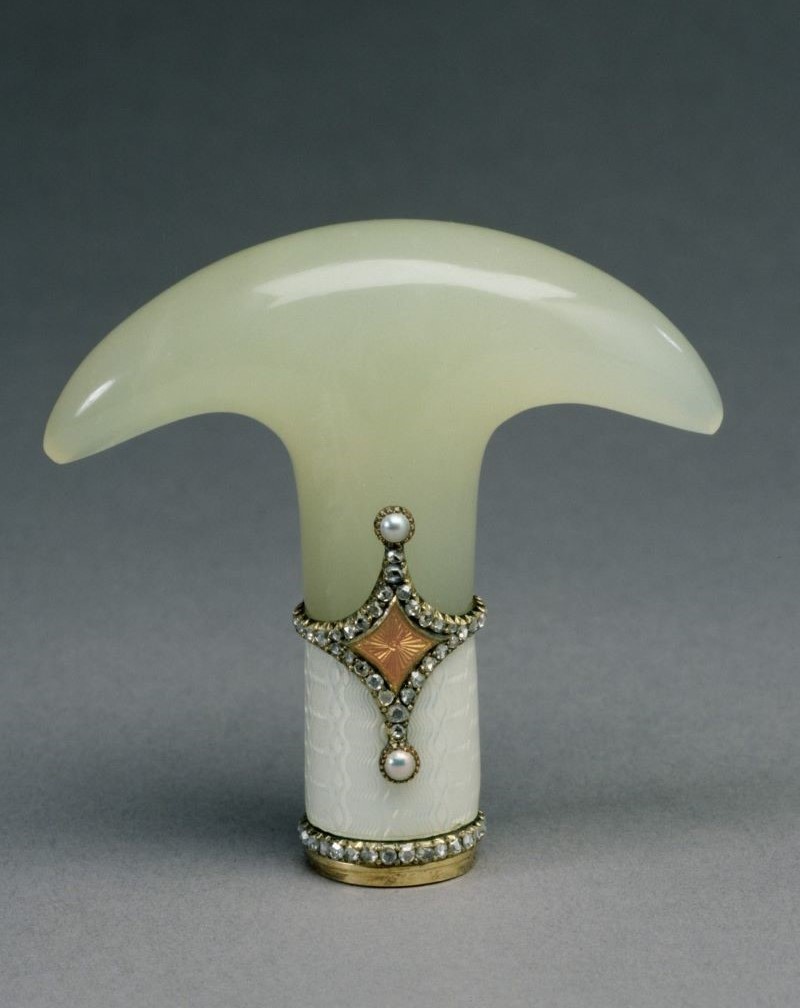
Tuesday 20 February 2024
SPECIAL INTEREST MORNING
Presented by Clare Blatherwick
Venue and Time: 25 Forster Crescent, Yarralumla at 10 am
LECTURE 1 – THE STORY OF JEWELLERY IN SCOTLAND
From Mary Queen of Scots and her attendants to the modern day, this talk looks at the jewels of a nation made famous through Queen Victoria’s love of Scotland. Dipping into the jewels in public and private collections, as well as those jewels depicted in portraits, the talk covers more than the well-known ‘pebble’ jewels of the late 19th century and provides a great insight into the proud history of the nation’s goldsmithing and the story of jewellery and personal adornment in Scotland.
LECTURE 2 – THE WORLD OF PEARLS
The allure of pearls has been documented from ancient times and with evidence of pearls in the Arabian Gulf dating back to 4000 BC. In ancient Roman legend, Venus herself was born like a pearl. Romans thought pearls were formed from the teardrops of gods, or perhaps as a result of clams capturing moonlight dewdrops. This talk looks at the amazing variety of types of pearls, from those produced by oysters to marine snails, how they are found and some of the most famous pearls in the world, including those of Mary Queen of Scots
The Special Interest Morning will run for approximately two and a half hours with a break for morning tea midway. Attendance costs are $65 for members and $70 for non-members.
Images: The Penicuik Jewels (late 16th century), said to have belonged to Mary Queen of Scots. National Museum of Scotland. Pearls provided by Clare Blatherwick.
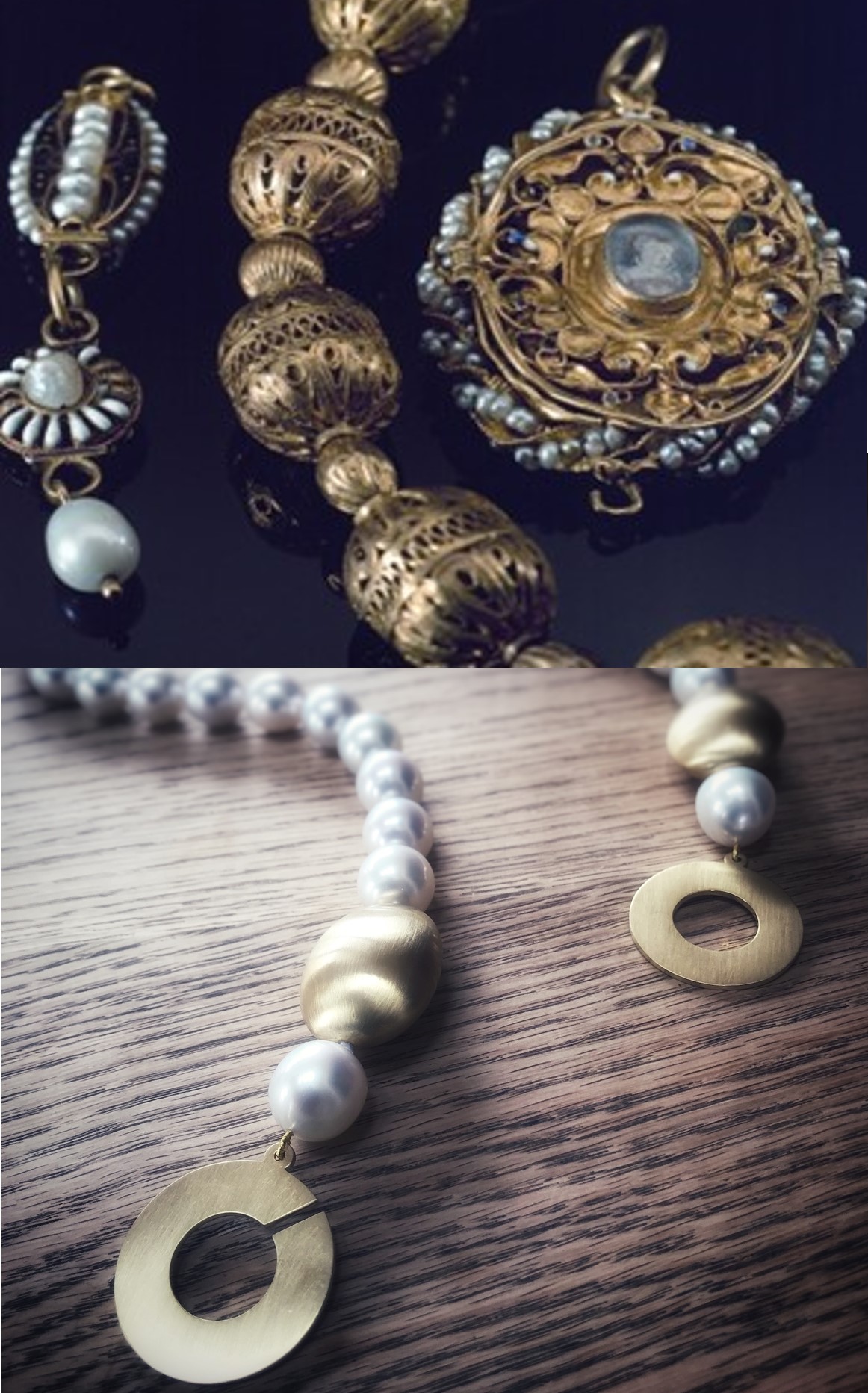
Monday 18 March 2024
ART AND THE THIRD REICH
Presented by Leigh Capel
Venue & Time: National Library of Australia, 6pm.
Leigh will look at Hitler’s background as a frustrated artist in the traditional school overtaken by modern art in the early 20th century. Hitler’s rejection fuelled his need to eradicate this new art movement once he came to power. Leigh follows Hitler’s attempt to influence trends through acquisition of classical art for his self-curated Führermuseum in Linz, as well as his plunder and destruction of modern art deemed ‘degenerate’ (the infamous Entartete Kunst exhibition). Leigh will focus on some of the most important artworks lost, the search for stolen art and discuss the aftermath of WWII, including the impact of the Holocaust on post-war and migrant art in Australia.
Now an accredited valuer of the Auctioneers and Valuers Association of Australia, Leigh gained early experience with auctioneers Menzies, Mossgreen and Sotheby’s as a valuer and specialist. In 2018 Leigh became director of Belle Epoque Fine Art & Antiques, his mother’s business which supplies art and furniture to Australian film and television, particularly Baz Luhrmann’s films. Leigh is also an art dealer at the Sydney and Melbourne Fairs. Leigh’s projects have featured in Vogue Australia and FilmInk magazines.
Image: Provided by Leigh Capel
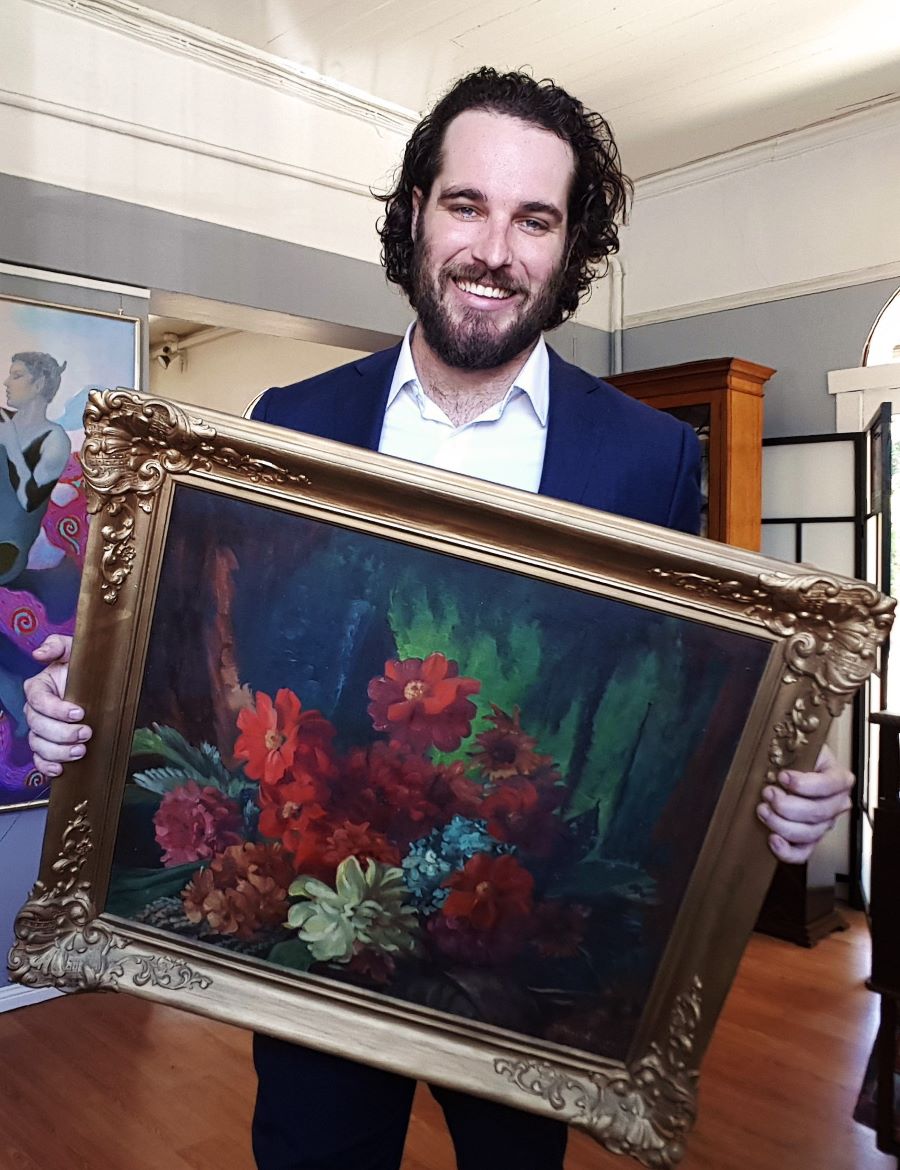
Monday 6 May 2024
REMEMBRANCE
Presented by Roger Mendham
Venue & Time: National Library of Australia, 6pm.
Our approach to formal remembrance has changed over the past century and this is reflected in the style of memorials created. Traditionally, only commanders featured, such as Horatio Nelson or the Duke of Wellington. Change came in the late 19th century as memorials became more inclusive, initially with enlisted men being featured and then later ones being much more illustrative. London has numerous examples which reflect the changing styles from national ones, such as the Cenotaph, to unique ones such as the Imperial Camel Corps. This talk looks at the evolution of memorials and the social drivers behind the changes.
An accomplished photographer, Roger has gained distinctions from the Royal Photographic Society and is the President of the Surrey Photographic Association. A scientist by background, his photographic interests, particularly in 20th century art was sparked by his wife’s Art History studies. He has studied the evolution of photography from the early 1800s until the late 20th and early 21st centuries. His talks are richly illustrated with both his own images and those from leading photographers.
Image: Tower of London poppies display (centenary of WW1). Provided by Roger Mendham.

Monday 3 June 2024
THE BOOK OF KELLS: ITS HISTORY, ITS MYSTERY AND ITS WONDER
Presented by Gemma Black
Venue & Time: National Library of Australia, 6pm.
In the year 2000, when Ireland’s national treasure — The Book of Kells — made its highly acclaimed visit to Australia, Gemma was invited by the National Gallery of Australia (NGA) to present this lecture on the Book. Gemma looked at its background, as well as the calligraphy and illumination, pigments and tools therein. Since the NGA’s The Book of Kells and the Art of Illumination exhibition, Gemma has presented this lecture to audiences around the world. Drawing on images from the lecture, this talk allows the audience to delve into some of the history and mystery of this astonishing manuscript.
Gemma is a calligrapher, artist and teacher. Her love of calligraphic history and the evolution of the western alphabet from Roman times has led to research and teaching around the world. A recipient of a Winston Churchill Memorial Fellowship to study in Europe, Gemma’s work is in private and public collections including the Fitzwilliam Museum in Cambridge, the European Parliament, Letterform Archive San Francisco and Parliament House in Canberra. Gemma is a Fellow of the Calligraphy & Lettering Arts Society, UK.
Image: Illumination from The Book of Kells. Provided by Gemma Black.
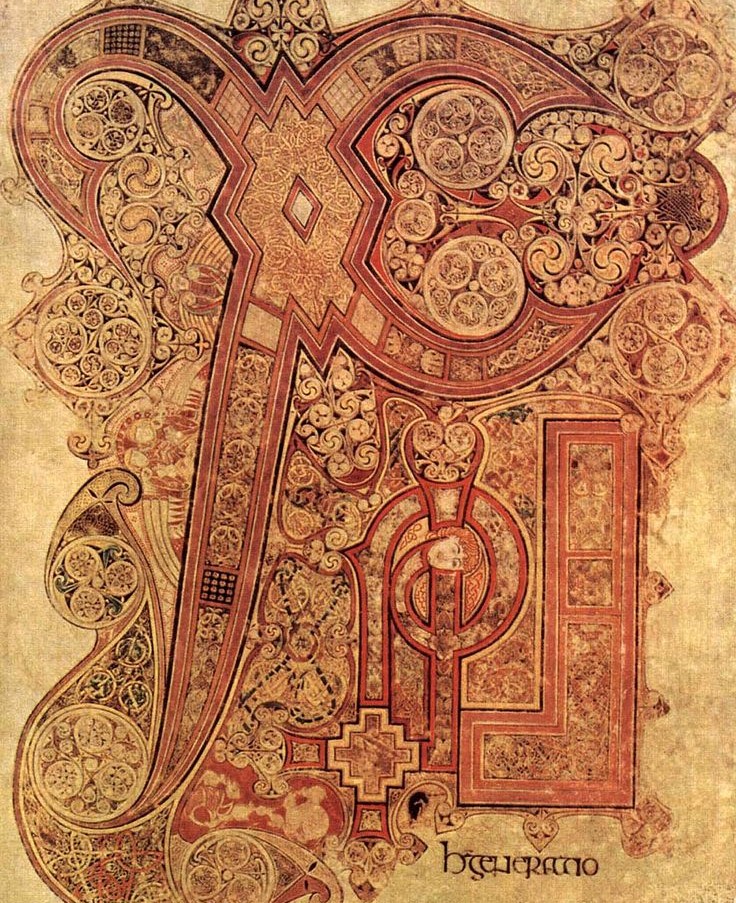
Monday 8 July 2024
THE HONOURABLE EAST INDIA COMPANY AND EAST–WEST TRADE: CHINTZ, CHINESE EXPORT AND CHINOISERIE, 1600–1800
Presented by Vivienne Lawes
Venue & Time: National Library of Australia, 6pm.
This lecture explores how the East India Company developed its methods of trade and facilitated the increasingly sophisticated and profound exchange of ideas between East and West. It focuses on textile design, but also includes wallpaper, porcelain and furniture, as well as the vast commercial trade in spices and tea. Concentrating at first on the 17th century textile trade with India, Viv then turns to the 18th century and the trade with imperial China. The distinction is drawn between export trade and evolving Western culture.
An art historian, art market analyst and curator/writer, Viv Lawes combines a hands-on career in the art business with research and teaching in higher education at several London-based universities. Her courses include The Art Market, History of Western Art and Design 1350–1970, and Asian Art. Viv has curated numerous exhibitions of Southeast Asian contemporary art in London and Singapore. She writes for many publications and private clients, for both academic and general readership.
Image: The East India Company’s Yard at Deptford, c. 1683 (National Maritime Museum, Greenwich). Provided by Vivienne Lawes.
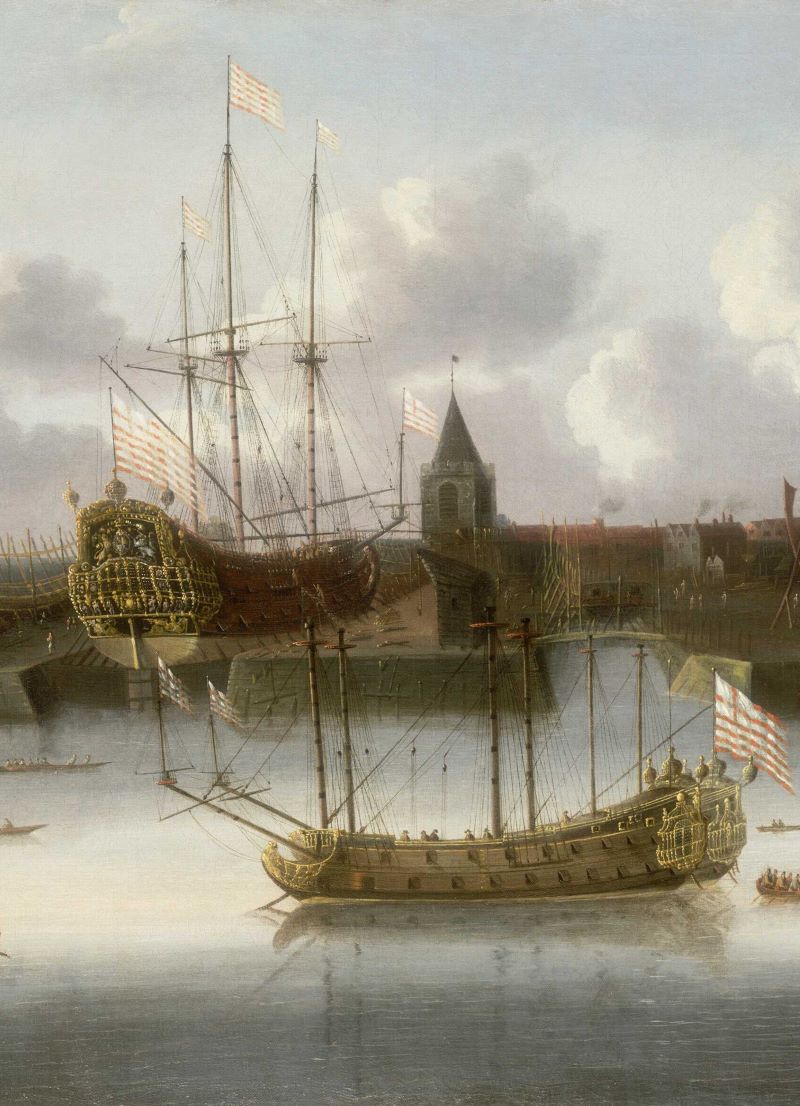
Monday 5 August 2024
THE PERFECT HOUSE: ANDREA PALLADIO’S VENETIAN VILLAS
Presented by Andrew Hopkins
Venue & Time: National Library of Australia, 6pm.
Andrea Palladio’s villas are his most celebrated accomplishment because of their beauty, practicality and, in cases such as the Villa Rotunda, its iconic image. The villas were also known through the woodcuts that illustrated Palladio’s treatise The Four Books of Architecture (1570), which meant that they were copied and imitated in Britain and America. This talk examines why his villas have such enduring appeal.
Previously Assistant Director of the British School Rome (1998–2002), Andrew has been a professor at the University of L’Aquila since 2004. Part of his PhD was awarded the Essay Medal 1996 by the Society of Architectural Historians (GB). Andrew was a Fellow at Harvard’s Villa I Tatti in 2003–2004 and the Paul Mellon Senior Visiting Fellow, Center for Advanced Studies in the Visual Arts, the National Gallery of Art, Washington DC in 2009.
Image: Villa Almerico Capra, Vicenza (UNESCO World Heritage Site) designed by Andrea Palladio.
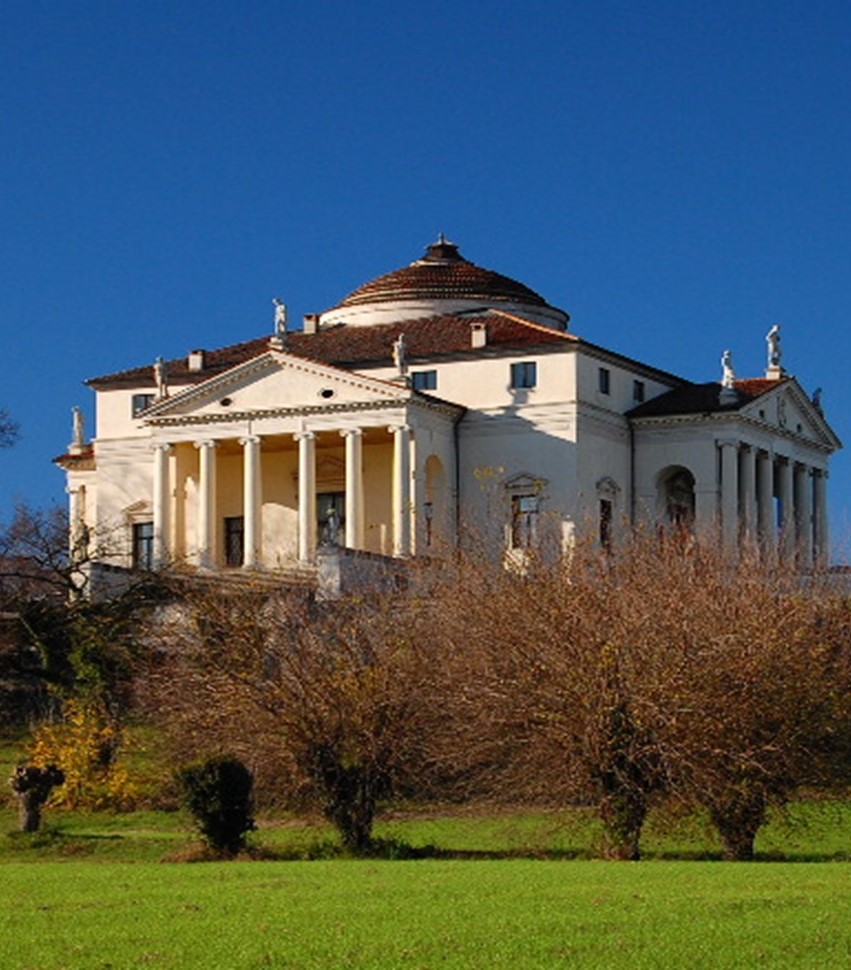
Tuesday 6 August 2024
SPECIAL INTEREST MORNING
Presented by Andrew Hopkins
Venue and Time: 25 Forster Crescent, Yarralumla at 10 am
LECTURE 1 – THE VANDERBILTS: THE GLAMOUR OF GILDED AGE EXTRAVAGANCE
Until her death in 2019 Gloria Vanderbilt was the most celebrated heiress of this extraordinary family, whose founders during their lifetimes had been the richest living Americans. Their astonishing residences designed by leading architects of the day were filled with art treasures and exemplify the long-lost gilded age of East Coast America.
LECTURE 2 – THE ROCKEFELLERS: A DYNASTY OF ART COLLECTORS
Much richer than the Guggenheims, the Rockefellers — even today the richest and most powerful family in the USA — not only amassed one of the greatest art collections of the 20th century, including superb impressionists, but also donated their 9-storey New York townhouse on Fifth Avenue to found the Museum of Modern Art (MoMA). An incredibly private family, the Rockefellers mostly avoided scandal, but during Andrew’s time at one of Harvard University’s research institutes, he gained some insights into this powerful family’s history.
The Special Interest Morning will run for approximately two and a half hours with a break for morning tea midway. Attendance costs are $65 for members and $70 for non-members.
Image: Louise Vanderbilt (1854–1926), studio portrait. The Rockefeller Center, New York (commissioned by John D Rockefeller). Provided by Andrew Hopkins.
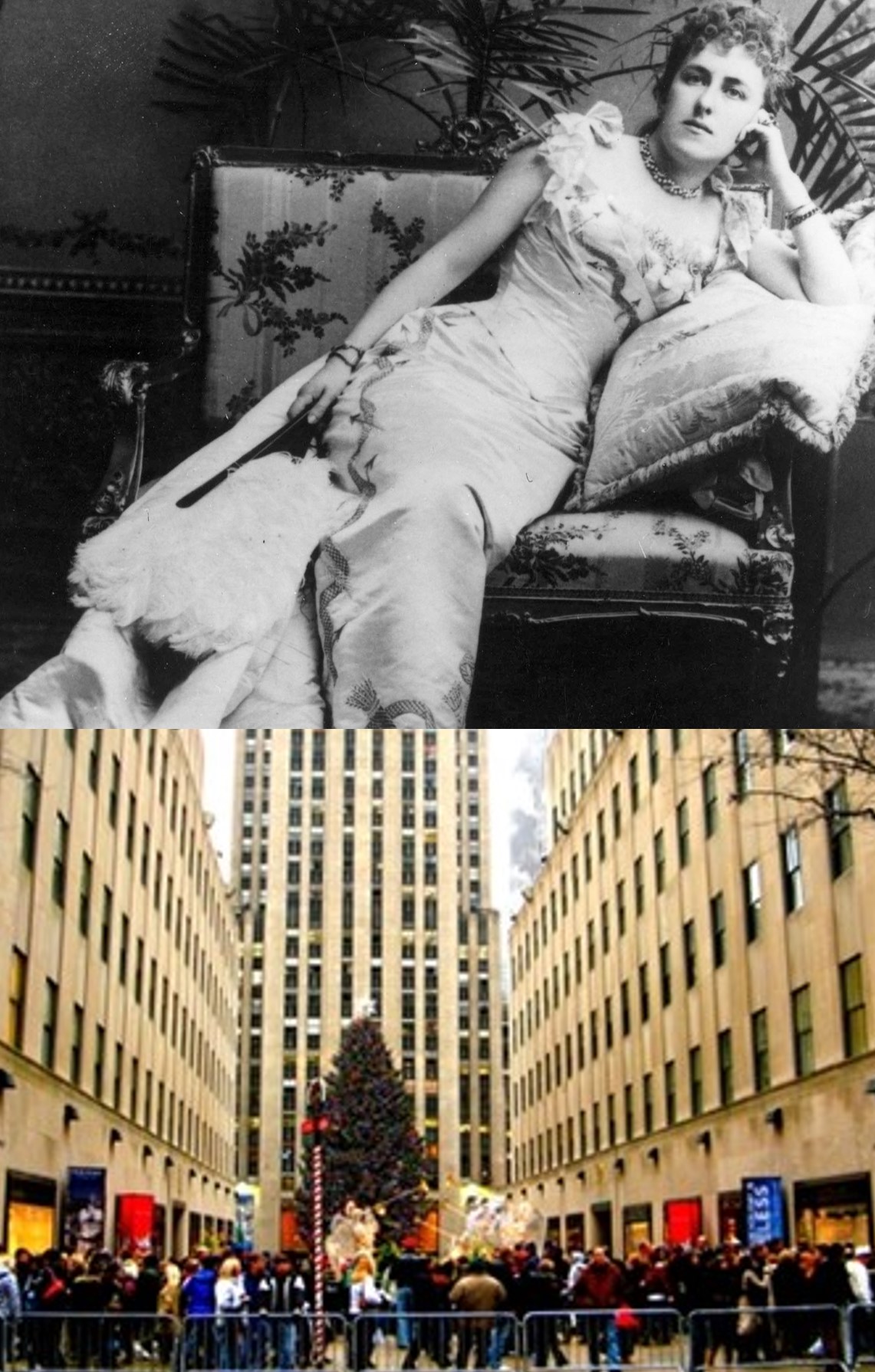
Monday 16 September 2024
PUZZLING OUT PICASSO
Presented by Alan Read
Venue & Time: National Library of Australia, 6pm.
How can you best understand one of the most prolific, complex and influential painters of the 20th century? By taking just ten of Picasso’s paintings, this lecture will examine his life and attempt to explain the evolution of his painting styles through a career that spanned more than seventy years. Looking at the genesis of each work, examining its biographical meaning, its moment in history and its significance in the canon of modern art will reveal the truth behind this most enigmatic and powerful artist.
Alan holds a master’s and first-class honours degree in History of Art from Birkbeck College, London. He has been a gallery guide at Tate Britain, Tate Modern, the National Portrait Gallery and for Frieze Masters. He also regularly lectures at the NPG, Dulwich Picture Gallery, Plymouth City Art Gallery as well as other galleries in the UK. He also works as a London Blue Badge Guide and a City of London Guide.
Image: Les Demoiselles d’Avignon by Pablo Picasso. Provided by Alan Read.
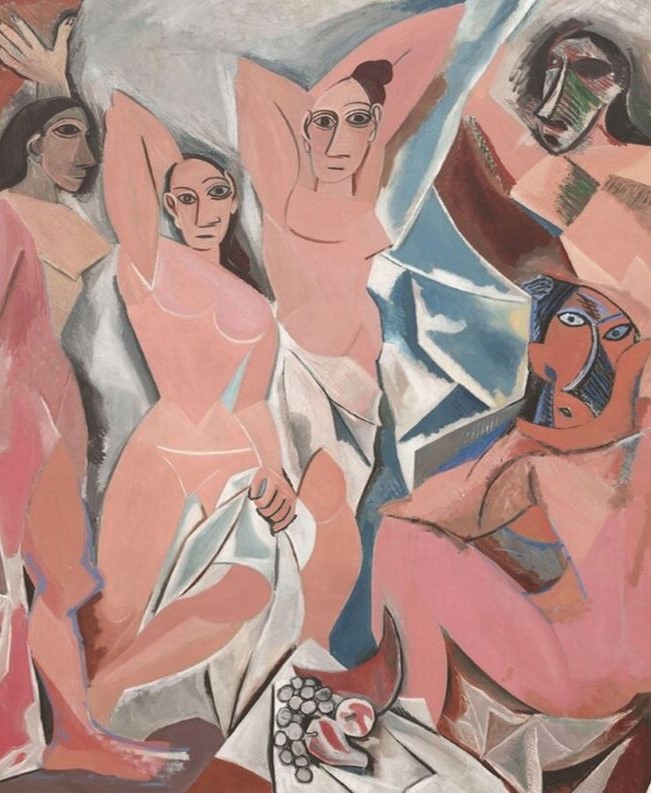
Monday 14 October 2024
THE ART AND CRAFT OF THE PEWTERERt
Presented by Andrew Spira
Venue & Time: National Library of Australia, 6pm.
Pewter is little remembered and little appreciated, but it was once at the heart of daily life. This talk will describe the history and decorative techniques of the pewter trade, as well as the differences between the various national styles. Andrew will also explore how changing social circumstances led to the decline of the pewter trade — how it managed (only just) to survive into the 19th century, partly thanks to the patronage of inns and pubs. (You are invited to bring pewter objects for discussion after the lecture!)
Andrew studied at the Courtauld Institute and Kings College, London. He then worked at the Temple Gallery, London and as a curator at the Victoria and Albert Museum in the British galleries and the Silver, Metalwork and Jewellery department. Subsequently he was Programme Director at Christie’s Education for 14 years. He has taken numerous groups on cultural visits to Russia, Armenia, Georgia, Romania, Crete, Turkey, Tunisia amongst others. Andrew is the author of numerous books.
Image: provided by Andrew Spira
